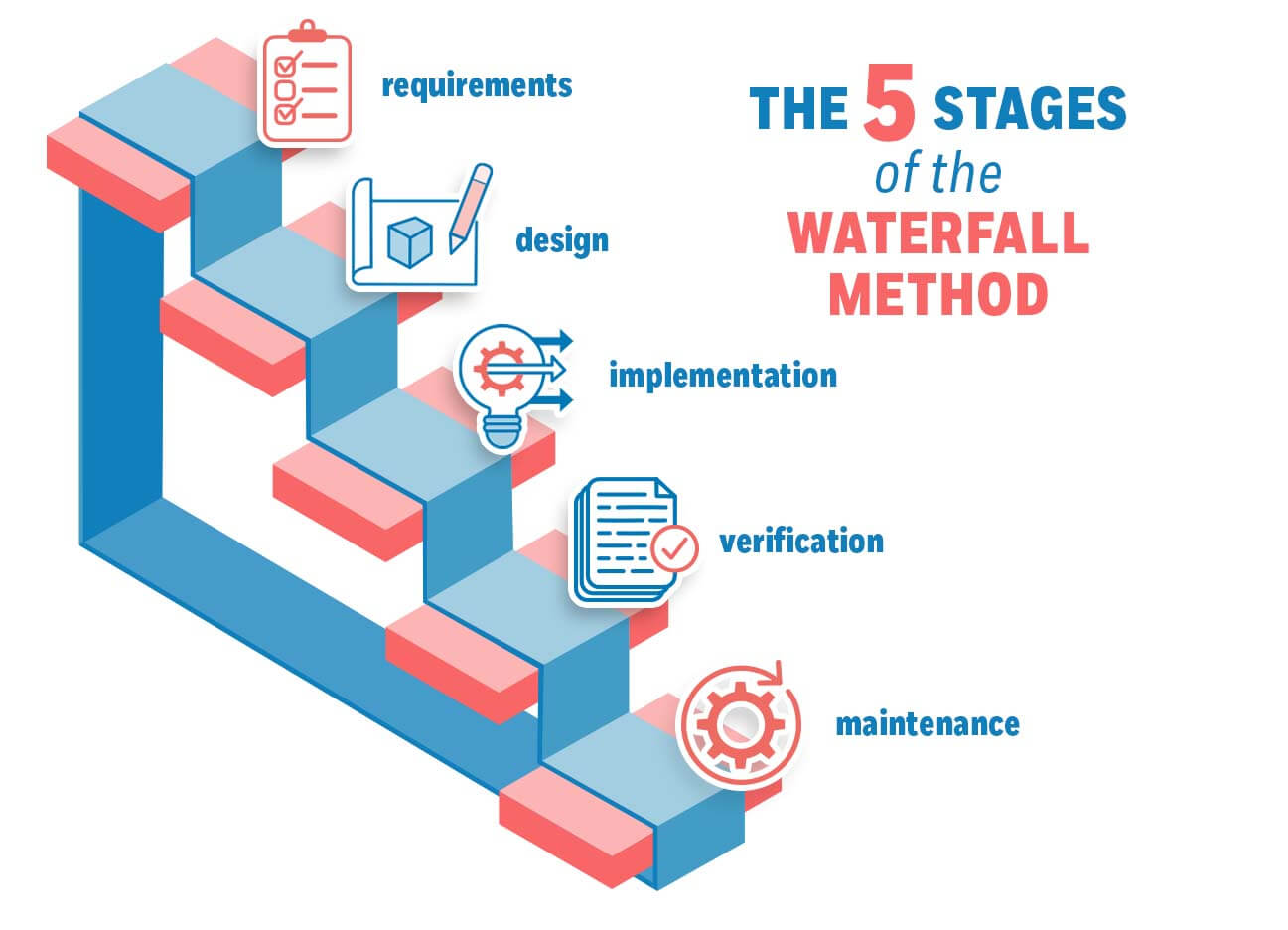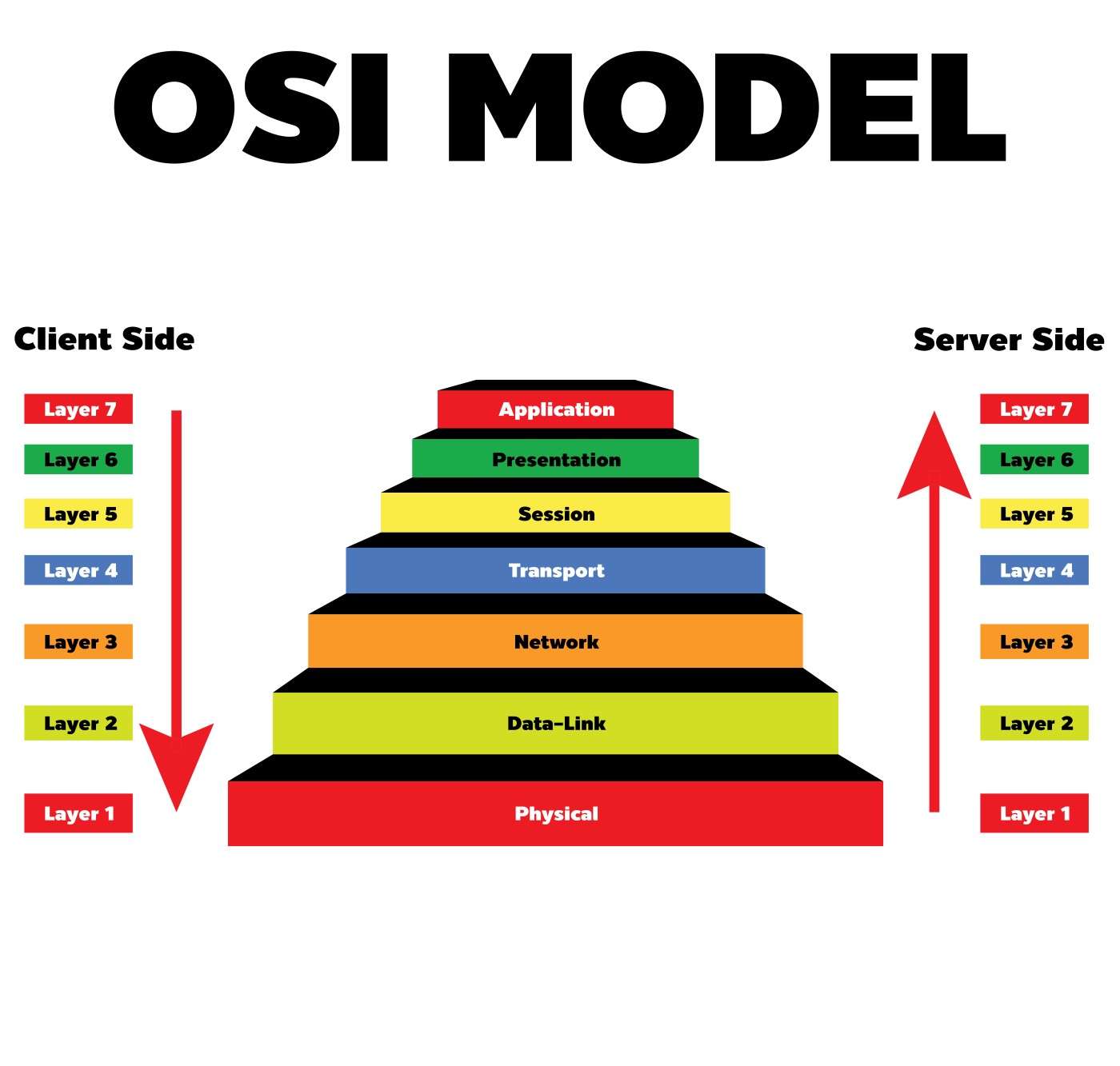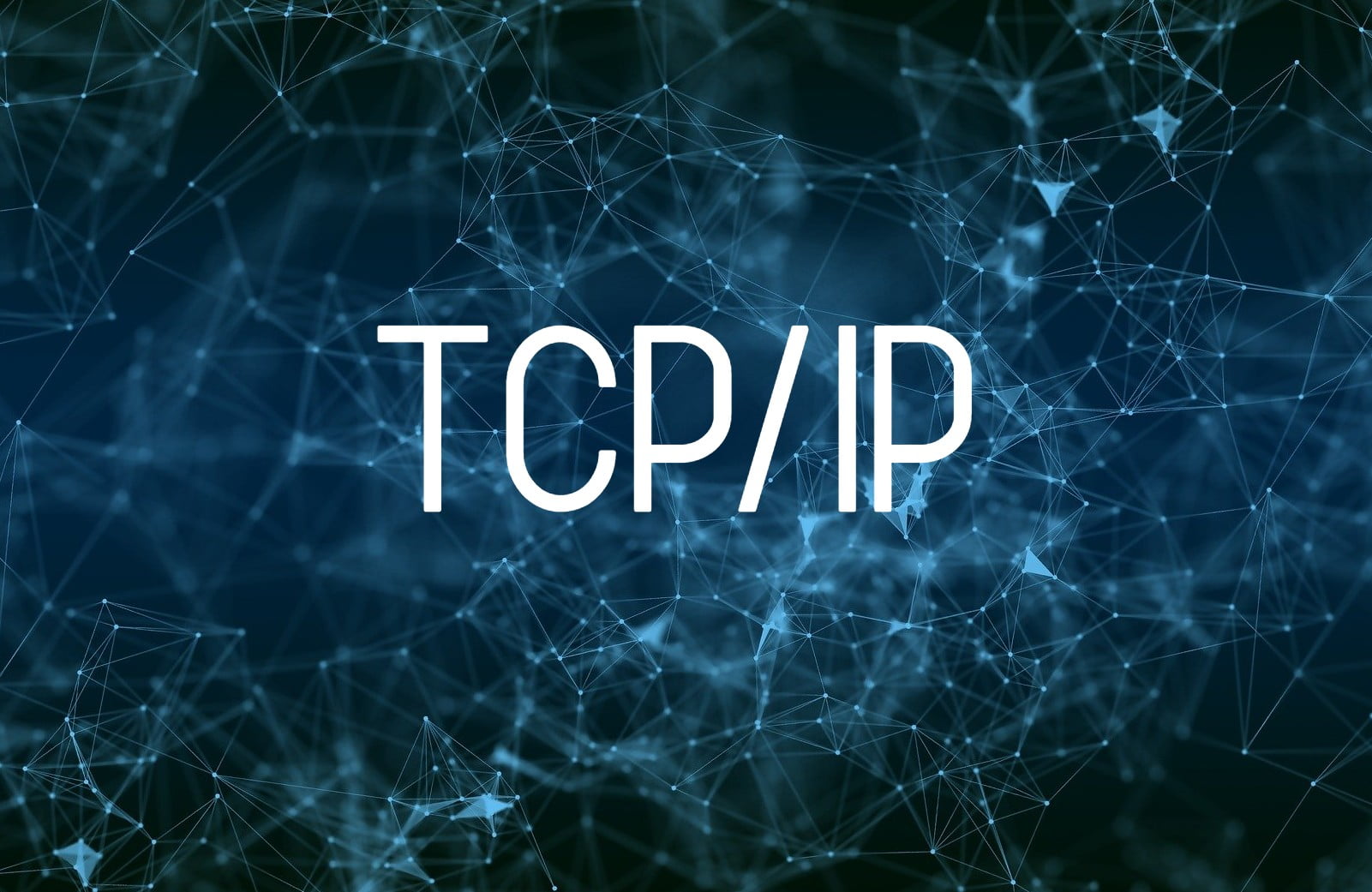The spiral model in software development
Published

Published

RemoteScout24 · Published 2023-09-13 17:59:01.0
RemoteScout24 · Published 2021-12-28 21:54:16.0
RemoteScout24 · Published 2021-12-28 21:54:16.0
RemoteScout24 · Published 2021-12-28 21:54:16.0



